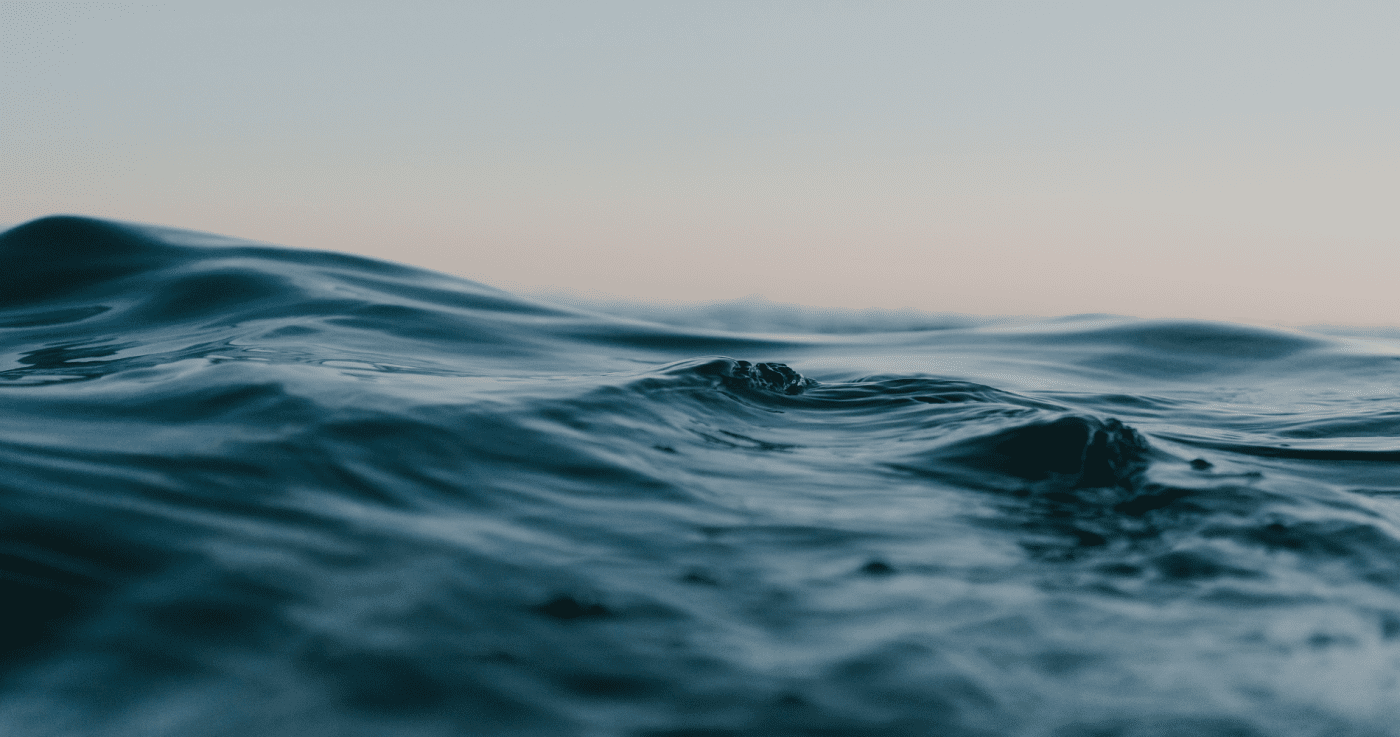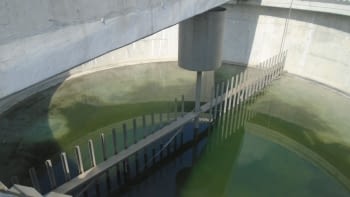Did you know that while there is enough fresh water on the planet for everyone, over 40% of the world’s population suffers from a shortage of this vital resource? Drought is currently affecting some of the poorest countries in the world and this aggravates existing issues such as starvation and malnutrition. Climate change is expected to result in a sharp rise in this percentage.
Although around 2.1 billion people have gained access to better water and sanitation conditions over the past three decades, there is concern about the problem posed by the decreasing availability of high-quality drinking water.
Although around 2.1 billion people have gained access to better water and sanitation conditions over the past three decades, there is concern about the problem posed by the decreasing availability of high-quality drinking water.
Clean water and sanitation: Sixth UN Sustainable Development Goal
Given these circumstances, guaranteeing drinking water must become a priority. This would entail reaching the over 800 million people who lack basic services, as well as improving the accessibility and safety of these services for over two billion people. For this reason, on 25 September 2015, the 193 member states of the UN General Assembly committed to adopting the 2030 Agenda of the United Nations Development Programme. This is a “roadmap” that includes 17 Sustainable Development Goals (SDGs), which seek to accomplish 169 objectives.
In sixth place on the UN's list of 17 SDGs is “Clean water and sanitation”. The figures discussed previously show that the situation is very critical and the aim is to reverse this by 2030, achieving:
In sixth place on the UN's list of 17 SDGs is “Clean water and sanitation”. The figures discussed previously show that the situation is very critical and the aim is to reverse this by 2030, achieving:
- Universal and equitable access to safe and affordable drinking water for all.
- Access to adequate and equitable sanitation and hygiene for all.
- Ending open defecation, paying special attention to the needs of women and girls and those in vulnerable situations.
- Improving water quality by reducing pollution, eliminating dumping and minimizing release of hazardous chemicals and materials, halving the proportion of untreated wastewater and substantially increasing recycling and safe reuse globally.
- Substantially increase water-use efficiency across all sectors and ensure sustainable withdrawals and supply of freshwater to address water scarcity.
- Implement integrated water resources management at all levels.
- Protect and restore water-related ecosystems.
- Expand international cooperation and capacity-building support to developing countries in water- and sanitation-related activities and programmes
- Support and strengthen the participation of local communities in improving water and sanitation management
The importance of good water treatment
Water stress is a problem being experienced by an ever growing number of countries. It is believed that by 2050, 25% of the world’s population will be affected by a chronic and recurring shortage of fresh water. The objectives set as part of the sixth United Nations Sustainable Development Goal (SDG) are precisely intended to prevent this prediction from coming true. The key is for states and agencies to make the appropriate investments in infrastructure, in providing sanitation facilities and in promote sanitary practices. This is really crucial, as a shortage of water, low water quality and poor sanitation have a direct impact on the food security, means of livelihood and education opportunities of poor families worldwide.
With the intrinsic mission to optimise the capacity of treatment plants and plants for irrigated land and industry, DAGA offers its customers personalised solutions and technical advice that result in efficient water management internationally. Having systems that can make use of the water resources with the highest possible efficiency is the essential foundation for achieving this 10-year goal, which is truly a major challenge, but one that can be attained.
With the intrinsic mission to optimise the capacity of treatment plants and plants for irrigated land and industry, DAGA offers its customers personalised solutions and technical advice that result in efficient water management internationally. Having systems that can make use of the water resources with the highest possible efficiency is the essential foundation for achieving this 10-year goal, which is truly a major challenge, but one that can be attained.




